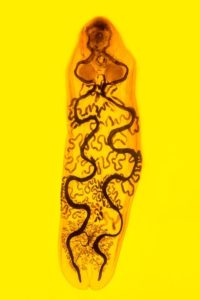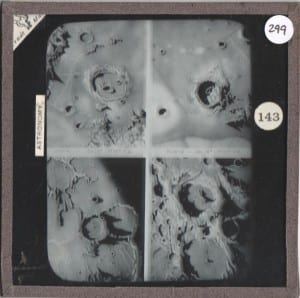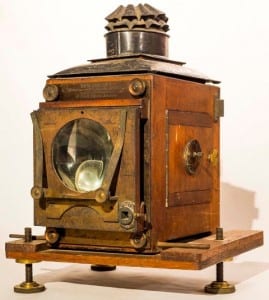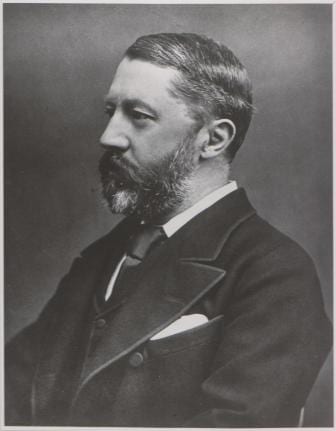Parasites from an Endangered Deep-Water Shark and their link to Professor Sir E. Ray Lankester FRS, pioneer of Marine Conservation.
By ucwehlc, on 5 June 2023
The Grant Museum is currently closed this summer for some refurbishment works but we still have plenty of exciting stories to tell from the collection.
Today’s blog is by visiting researcher Dr Andrew McCarthy from Canterbury College, UK.
Initially this short piece was planned to be solely about the identification of specimens of an intestinal parasite of an endangered species of deep-water shark Echinorhinus brucus, the Bramble Shark, from the collections of the museum.

Echinorhinus brucus, the Bramble Shark.
(Goode & Bean (1896) Oceanic Ichthyology. Public Domain via Wiki Commons)
However, by strange coincidence as will be explained, it is being written on the day that the United Nations in New York announced in its new global marine biodiversity conservation initiative “The High Seas Treaty”. Embracing almost two thirds of the World’s oceans that lie outside national boundaries the treaty provides a legal framework for the establishment of vast Marine Protected Areas (MPA’s) to protect against loss of marine biodiversity. The coincidence is that the specimens under discussion here are thought, ultimately, to have their origin associated with the work of a British pioneer of marine conservation of well over one hundred years ago. He was namely Professor Sir Edwin Ray Lankester FRS, a past Director of the Grant Museum of Zoology and Comparative Anatomy (1874-1890), Jodrell Professor of Zoology and Comparative Anatomy at University College London, and Linacre Professor of Comparative Anatomy at the University of Oxford. A larger-than-life figure, some believe him to be one of the inspirations for Sir Arthur Conan Doyle’s Professor Challenger of “The Lost World”.
 Close
Close







